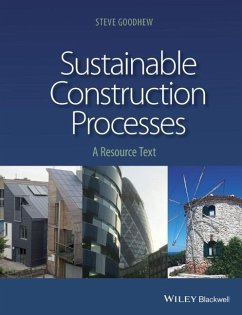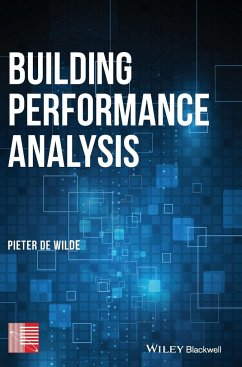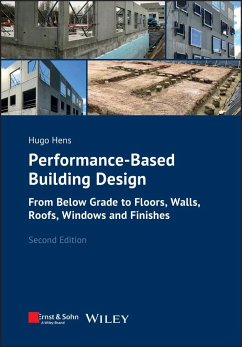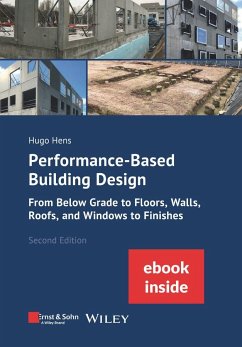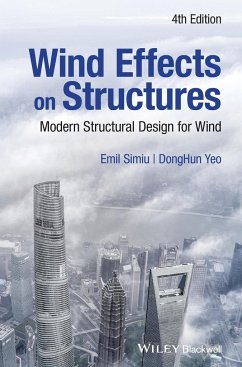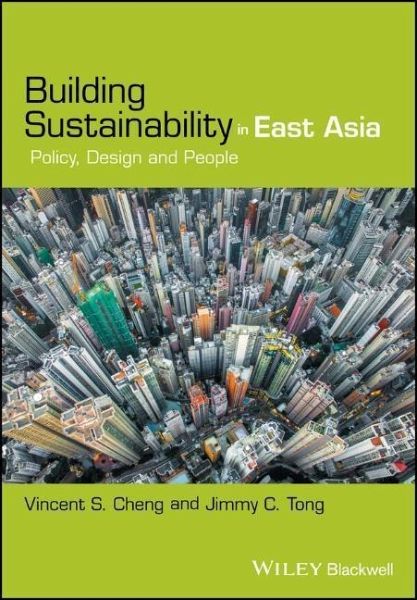
Building Sustainability in East Asia
Versandkostenfrei!
Versandfertig in über 4 Wochen
112,99 €
inkl. MwSt.
Weitere Ausgaben:

PAYBACK Punkte
56 °P sammeln!
Building Sustainability in East Asia: Policy, Design and People illustrates the holistic approaches and individual strategies to building sustainability that have been implemented in construction projects in Asia. Top-down and bottom-up approaches (from formulating policy to constructing individual buildings) are effective in terms of the sustainable development of cities, and this book covers both, illustrated with a range of case study developments.




